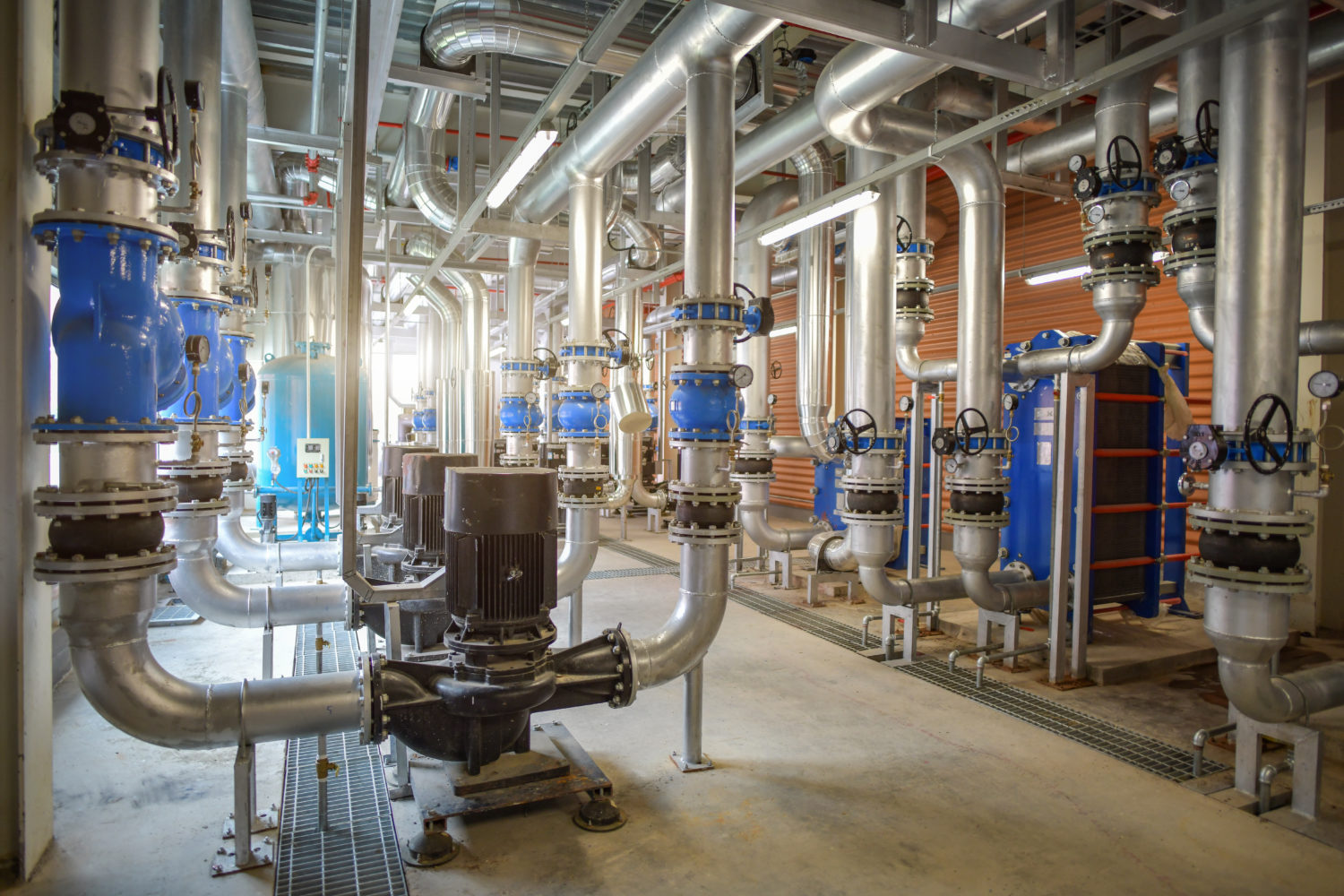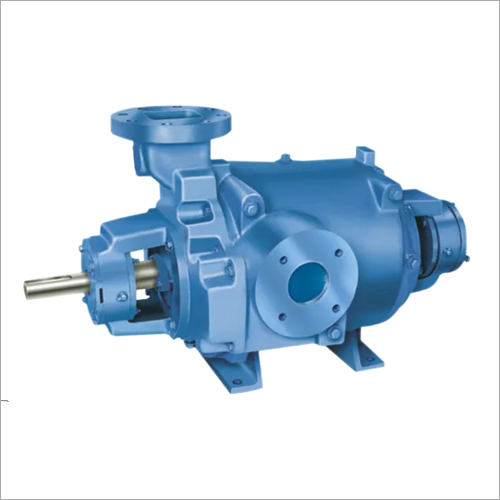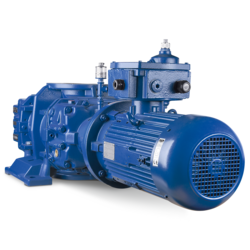Описание товара
Small Laboratory Desktop Mini Circulating Water Vacuum Pump
Описание товара
The circulating water vacuum pump is a laboratory vacuum generator that uses a water jet to generate a vacuum. This machine is used to provide vacuum conditions for the process of evaporation, distillation, crystallization, drying, sublimation, filtration, degassing, decompression, and so on, particularly be suitable for labs and small-scale tests in industries such as universities and colleges, scientific research institutes, chemical industry, pharmacy, biochemistry, foodstuff, pesticide, agricultural engineering, biological engineering.
Product Parameters
| Model | SHZ-D | SHZ-D four-meter, four tap |
|||||||||||||||||||||||
| The machine Performance | Power(W) | 180 | 370 | ||||||||||||||||||||||
| Voltage(V/Hz) | 220/50 | ||||||||||||||||||||||||
| Flow(L/min) | 60 | ||||||||||||||||||||||||
| Lift(m) | 8 | ||||||||||||||||||||||||
| Body material | Anti-corrosion/1Cr18 | Anti-corrosion | |||||||||||||||||||||||
| The machine performance | Max. pressure (M Pa) | 0.098 | |||||||||||||||||||||||
| Sucking rate for single tap(L/min) | 10 | ||||||||||||||||||||||||
| Quantity of tap (Pcs) | 2 | 4 | |||||||||||||||||||||||
| Tank capacity(L) | 15 | ||||||||||||||||||||||||
| Dimension(mm) | 4362 Main Markets: Central America, Mid East, Oceania, Africa, South America
Packaging & Shipping
Packaging:
ЧАСТО ЗАДАВАЕМЫЕ ВОПРОСЫ 1. What’s the minimum order quantity?
2. What kind of payment terms do you accept? 3. How will you deliver these goods? 4. How will we package glass equipment be? 5. Can you accept OEM terms? 6. How to choose suitable equipment?
Can Vacuum Pumps Be Used in the Automotive Industry?Yes, vacuum pumps are widely used in the automotive industry for various applications. Here’s a detailed explanation: The automotive industry relies on vacuum pumps for several critical functions and systems within vehicles. Vacuum pumps play a crucial role in enhancing performance, improving fuel efficiency, and enabling the operation of various automotive systems. Here are some key applications of vacuum pumps in the automotive industry: 1. Brake Systems: Vacuum pumps are commonly used in vacuum-assisted brake systems, also known as power brakes. These systems utilize vacuum pressure to amplify the force applied by the driver to the brake pedal, making braking more efficient and responsive. Vacuum pumps help generate the required vacuum for power brake assistance, ensuring reliable and consistent braking performance. 2. Emission Control Systems: Vacuum pumps are integral components of emission control systems in vehicles. They assist in operating components such as the Exhaust Gas Recirculation (EGR) valve and the Evaporative Emission Control (EVAP) system. Vacuum pumps help create the necessary vacuum conditions for proper functioning of these systems, reducing harmful emissions and improving overall environmental performance. 3. HVAC Systems: Heating, Ventilation, and Air Conditioning (HVAC) systems in vehicles often utilize vacuum pumps for various functions. Vacuum pumps help control the vacuum-operated actuators that regulate the direction, temperature, and airflow of the HVAC system. They ensure efficient operation and precise control of the vehicle’s interior climate control system. 4. Turbocharger and Supercharger Systems: In performance-oriented vehicles, turbocharger and supercharger systems are used to increase engine power and efficiency. Vacuum pumps play a role in these systems by providing vacuum pressure for actuating wastegates, blow-off valves, and other control mechanisms. These components help regulate the boost pressure and ensure optimal performance of the forced induction system. 5. Fuel Delivery Systems: Vacuum pumps are employed in certain types of fuel delivery systems, such as mechanical fuel pumps. These pumps utilize vacuum pressure to draw fuel from the fuel tank and deliver it to the engine. While mechanical fuel pumps are less commonly used in modern vehicles, vacuum pumps are still found in some specialized applications. 6. Engine Management Systems: Vacuum pumps are utilized in engine management systems for various functions. They assist in operating components such as vacuum-operated actuators, vacuum reservoirs, and vacuum sensors. These components play a role in engine performance, emissions control, and overall system functionality. 7. Fluid Control Systems: Vacuum pumps are used in fluid control systems within vehicles, such as power steering systems. Vacuum-assisted power steering systems utilize vacuum pressure to assist the driver in steering, reducing the effort required. Vacuum pumps provide the necessary vacuum for power steering assistance, enhancing maneuverability and driver comfort. 8. Diagnostic and Testing Equipment: Vacuum pumps are also utilized in automotive diagnostic and testing equipment. These pumps create vacuum conditions necessary for testing and diagnosing various vehicle systems, such as intake manifold leaks, brake system integrity, and vacuum-operated components. It’s important to note that different types of vacuum pumps may be used depending on the specific automotive application. Common vacuum pump technologies in the automotive industry include diaphragm pumps, rotary vane pumps, and electric vacuum pumps. In summary, vacuum pumps have numerous applications in the automotive industry, ranging from brake systems and emission control to HVAC systems and engine management. They contribute to improved safety, fuel efficiency, environmental performance, and overall vehicle functionality.
How Do Vacuum Pumps Affect the Performance of Vacuum Chambers?When it comes to the performance of vacuum chambers, vacuum pumps play a critical role. Here’s a detailed explanation: Vacuum chambers are enclosed spaces designed to create and maintain a low-pressure environment. They are used in various industries and scientific applications, such as manufacturing, research, and material processing. Vacuum pumps are used to evacuate air and other gases from the chamber, creating a vacuum or low-pressure condition. The performance of vacuum chambers is directly influenced by the characteristics and operation of the vacuum pumps used. Here are some key ways in which vacuum pumps affect the performance of vacuum chambers: 1. Achieving and Maintaining Vacuum Levels: The primary function of vacuum pumps is to create and maintain the desired vacuum level within the chamber. Vacuum pumps remove air and other gases, reducing the pressure inside the chamber. The efficiency and capacity of the vacuum pump determine how quickly the desired vacuum level is achieved and how well it is maintained. High-performance vacuum pumps can rapidly evacuate the chamber and maintain the desired vacuum level even when there are gas leaks or continuous gas production within the chamber. 2. Pumping Speed: The pumping speed of a vacuum pump refers to the volume of gas it can remove from the chamber per unit of time. The pumping speed affects the rate at which the chamber can be evacuated and the time required to achieve the desired vacuum level. A higher pumping speed allows for faster evacuation and shorter cycle times, improving the overall efficiency of the vacuum chamber. 3. Ultimate Vacuum Level: The ultimate vacuum level is the lowest pressure that can be achieved in the chamber. It depends on the design and performance of the vacuum pump. Higher-quality vacuum pumps can achieve lower ultimate vacuum levels, which are important for applications requiring higher levels of vacuum or for processes that are sensitive to residual gases. 4. Leak Detection and Gas Removal: Vacuum pumps can also assist in leak detection and gas removal within the chamber. By continuously evacuating the chamber, any leaks or gas ingress can be identified and addressed promptly. This ensures that the chamber maintains the desired vacuum level and minimizes the presence of contaminants or unwanted gases. 5. Contamination Control: Some vacuum pumps, such as oil-sealed pumps, use lubricating fluids that can introduce contaminants into the chamber. These contaminants may be undesirable for certain applications, such as semiconductor manufacturing or research. Therefore, the choice of vacuum pump and its potential for introducing contaminants should be considered to maintain the required cleanliness and purity of the vacuum chamber. 6. Noise and Vibrations: Vacuum pumps can generate noise and vibrations during operation, which can impact the performance and usability of the vacuum chamber. Excessive noise or vibrations can interfere with delicate experiments, affect the accuracy of measurements, or cause mechanical stress on the chamber components. Selecting vacuum pumps with low noise and vibration levels is important for maintaining optimal chamber performance. It’s important to note that the specific requirements and performance factors of a vacuum chamber can vary depending on the application. Different types of vacuum pumps, such as rotary vane pumps, dry pumps, or turbomolecular pumps, offer varying capabilities and features that cater to specific needs. The choice of vacuum pump should consider factors such as the desired vacuum level, pumping speed, ultimate vacuum, contamination control, noise and vibration levels, and compatibility with the chamber materials and gases used. In summary, vacuum pumps have a significant impact on the performance of vacuum chambers. They enable the creation and maintenance of the desired vacuum level, affect the pumping speed and ultimate vacuum achieved, assist in leak detection and gas removal, and influence contamination control. Careful consideration of the vacuum pump selection ensures optimal chamber performance for various applications.
Можно ли использовать вакуумные насосы в пищевой промышленности?Да, вакуумные насосы широко используются в пищевой промышленности для различных целей. Вот подробное объяснение: Вакуумные насосы играют важнейшую роль в пищевой промышленности, позволяя создавать и поддерживать вакуум или низкое давление. Они обеспечивают ряд преимуществ в плане сохранения, упаковки и обработки продуктов питания. Вот некоторые распространенные области применения вакуумных насосов в пищевой промышленности: 1. Вакуумная упаковка: Вакуумные насосы широко используются в процессах вакуумной упаковки. Вакуумная упаковка подразумевает удаление воздуха из упаковочного контейнера для создания вакуумной герметичной среды. Этот процесс помогает продлить срок хранения пищевых продуктов за счет подавления роста микроорганизмов, вызывающих порчу, и уменьшения окисления. Вакуумные насосы используются для удаления воздуха из упаковки, обеспечивая герметичность и сохраняя качество и свежесть продуктов. 2. Сублимационная сушка: Вакуумные насосы необходимы для процессов сублимационной сушки или лиофилизации, используемых в пищевой промышленности. Сублимационная сушка предполагает удаление влаги из пищевых продуктов в замороженном состоянии, что позволяет сохранить их текстуру, вкус и питательность. Вакуумные насосы создают среду с низким давлением, которая позволяет замороженной воде непосредственно сублимироваться из твердого состояния в пар, что приводит к удалению влаги из продуктов без ущерба для их качества. 3. Вакуумное охлаждение: Вакуумные насосы используются в процессах вакуумного охлаждения для быстрого и эффективного охлаждения пищевых продуктов. Вакуумное охлаждение предполагает помещение продуктов в вакуумную камеру и снижение давления. Это снижает температуру кипения воды, способствуя быстрому испарению влаги и тепла из продуктов, что позволяет быстро охладить их. Вакуумное охлаждение помогает сохранить свежесть, текстуру и качество деликатных продуктов питания, таких как фрукты, овощи и хлебобулочные изделия. 4. Вакуумное концентрирование: Вакуумные насосы используются в процессах вакуумной концентрации в пищевой промышленности. Вакуумное концентрирование подразумевает удаление избыточной влаги из жидких пищевых продуктов для увеличения содержания в них твердых частиц. Благодаря созданию вакуума температура кипения жидкости снижается, обеспечивая мягкое испарение воды при сохранении желаемых вкусовых качеств, питательных веществ и вязкости продукта. Вакуумное концентрирование обычно используется при производстве соков, соусов и концентратов. 5. Вакуумное смешивание и деаэрация: Вакуумные насосы используются в процессах смешивания и деаэрации в пищевой промышленности. При производстве некоторых пищевых продуктов, таких как шоколад, кондитерские изделия и соусы, вакуумное перемешивание используется для удаления пузырьков воздуха, достижения однородности и улучшения текстуры продукта. Вакуумные насосы помогают удалять воздух и газы, в результате чего продукты получаются гладкими и однородными. 6. Вакуумная фильтрация: Вакуумные насосы используются в пищевой промышленности для вакуумной фильтрации. Вакуумная фильтрация подразумевает отделение твердых частиц от жидкостей или газов с помощью фильтрующего материала. Вакуумные насосы создают всасывание, которое протаскивает жидкость или газ через фильтр, оставляя твердые частицы. Вакуумная фильтрация обычно используется в таких процессах, как осветление жидкостей, удаление примесей и отделение твердых частиц от жидкостей при производстве напитков, масел и молочных продуктов. 7. Маринование и засолка: Вакуумные насосы используются в процессах маринования и рассола в пищевой промышленности. За счет создания вакуума в контейнере для маринования или рассола снижается давление, что позволяет маринаду или рассолу более эффективно проникать в продукт. Вакуумное маринование и рассол помогают улучшить усвоение аромата, сократить время маринования, а также улучшить общий вкус и текстуру продукта. 8. Упаковка в контролируемой атмосфере: Вакуумные насосы используются в системах упаковки в контролируемой атмосфере (CAP) в пищевой промышленности. CAP подразумевает изменение газового состава внутри пищевой упаковки для продления срока хранения и сохранения качества скоропортящихся продуктов. Вакуумные насосы помогают удалить кислород или другие нежелательные газы из упаковки, позволяя ввести необходимую газовую смесь, которая сохраняет свежесть продуктов и препятствует росту микроорганизмов. Это лишь несколько примеров использования вакуумных насосов в пищевой промышленности. Способность создавать и контролировать вакуум или среду низкого давления является ценным активом в сохранении качества продуктов, увеличении срока хранения и облегчении различных технологий обработки в пищевой промышленности.
Теги:circulating vacuum pump | laboratory vacuum pump | мини вакуумный насос | вакуумный насос | вакуумный насос | small vacuum pump | вакуумный мини-насос | вакуумный насос | вакуумный насос Китай | вакуумный насос мини | вакуумный насос водяной | вакуумный водяной насос | water circulating vacuum pump | водяной вакуумный насос
| ||||||||||||||||||||||||




